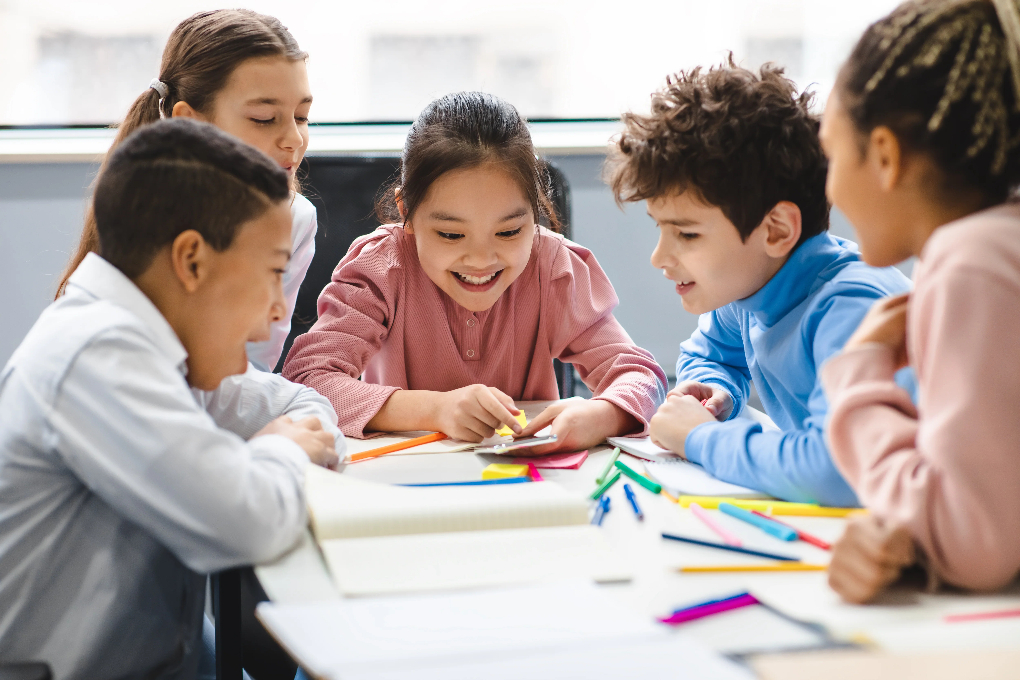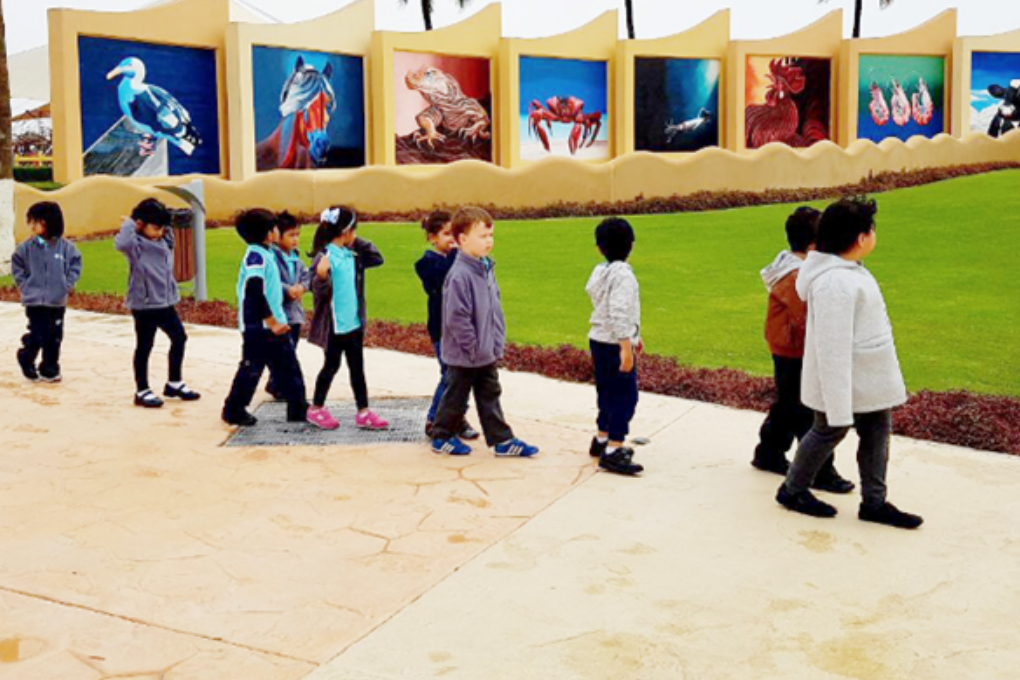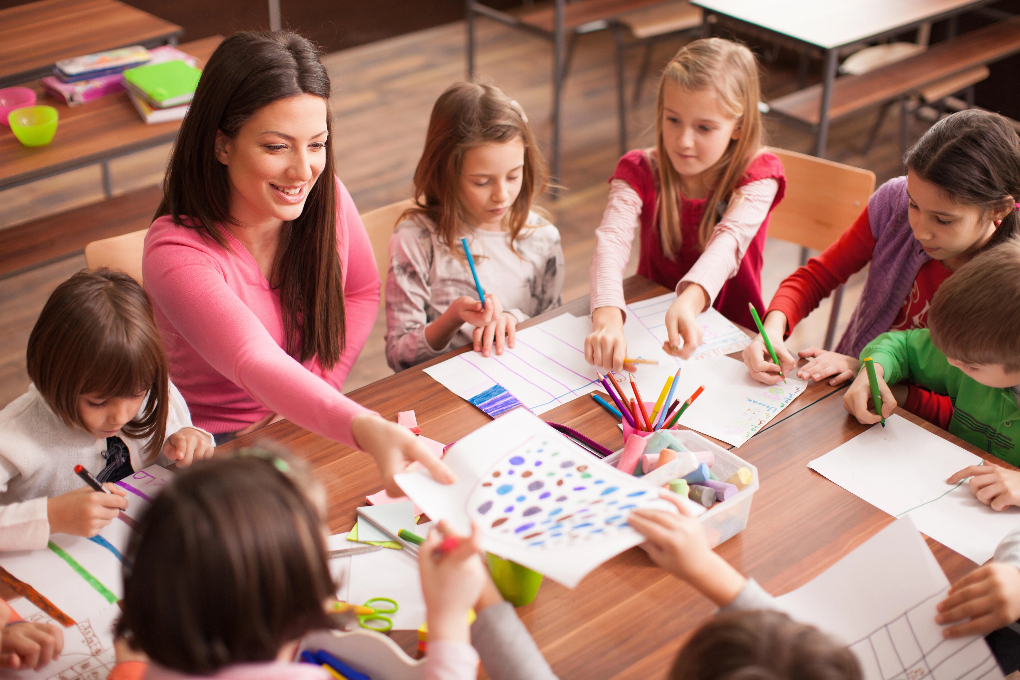Learning should be an exciting adventure rather than a dull chore for students. When students enjoy what they are studying, they are more likely to retain and apply what they learn to real-life scenarios. Here are a few easy strategies for making learning enjoyable for all learners.
Introduce Games into the Classroom
Games can add fun and enjoyment to any subject matter. Teachers can utilize board games, card games, or online quizzes as a teaching method – for instance, a math teacher may assign problems that students must solve to earn points to teach concepts. Such activities foster friendly competition while reinforcing key skills while reinforcing them more thoroughly.

Implement Technology
Technology is ubiquitous today. Tablets, computers, interactive whiteboards and educational apps and websites offer fun ways for students to learn new material, such as watching videos or virtual field trips or participating in online discussions – all technology used effectively will bring lessons alive and keep students engaged with what’s being taught.
Hands-On Learning
Many children thrive when given the chance to interact directly with materials. Hands-on activities like science experiments, art projects, or building models enable students to explore concepts actively. For instance, in science class students could conduct simple experiments to examine chemical reactions; this helps link theory with practice.
Relate Lessons to Real-World Experiences

Connecting lessons to real-life situations makes learning more relevant for students. Teachers can draw upon examples from everyday life that students can relate to when teaching about trade routes, for instance, in local markets or online shopping – helping students see the relevance of what they’re studying outside the classroom. This approach helps reinforce students’ sense of the importance of what they are learning in the classroom setting.
Encourage Creativity
Allowing students to express themselves creatively can increase their interest in learning. Teachers can assign projects where students choose how they present their work – art, music, writing, or presentations-—which encourages them to think creatively and explore deeper into the material presented. This type of freedom encourages deeper engagement with the material being studied.
Foster an Engaged Classroom Environment
An encouraging and welcoming classroom environment is vital to student engagement. Teachers must encourage questions and celebrate mistakes as part of the learning process; when students feel safe and valued, they’re more likely to participate actively in discussions and activities.

Group Work and Collaboration
Workgroup learning allows students to benefit from each other and build social skills. Collaborative projects encourage teamwork and communication while making learning more enjoyable for everyone involved. Teachers may assign group tasks that require students to solve problems together or present topics of interest together.
Giving Students Choices
Giving students choices in their learning can boost motivation. Teachers can allow them to select topics for projects or books for reading assignments – having some say in their education makes students feel more invested in their journey and fosters engagement in their education journey.
Making learning engaging and enjoyable is vital to student success. By using games, technology, hands-on activities, real-life connections, creativity, collaboration, and choices in lessons, teachers can create an exhilarating atmosphere that fosters curiosity and love of learning in students – more likely for academic success as well as personal fulfillment.
